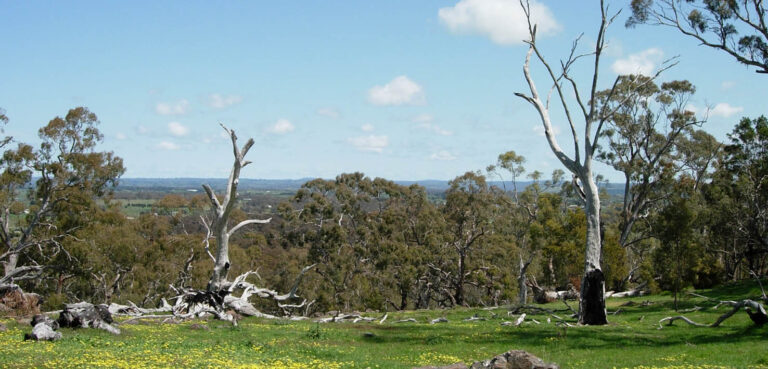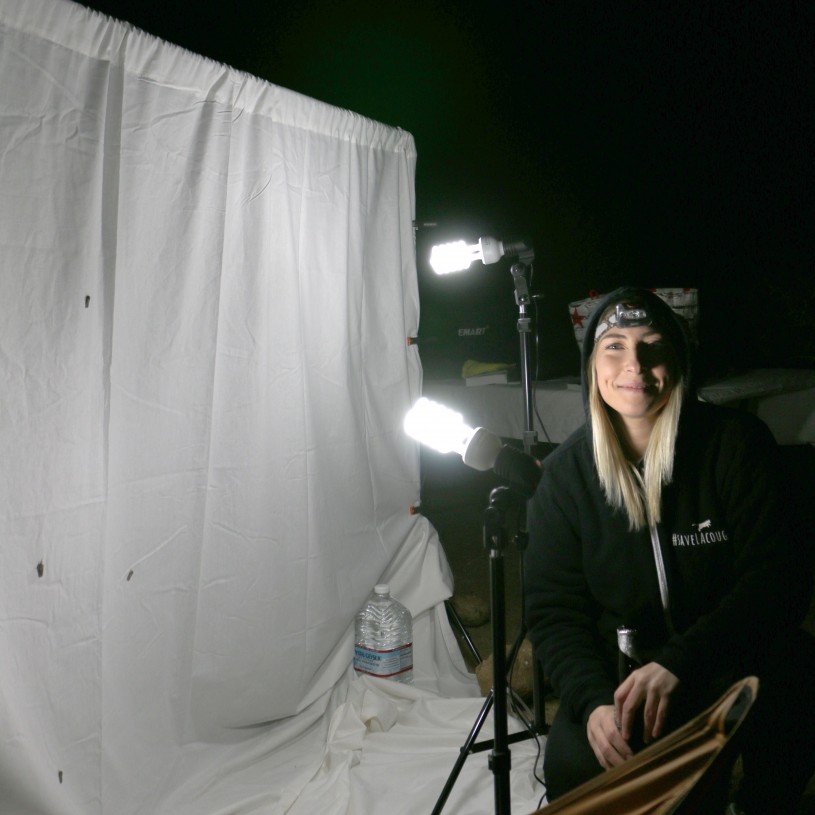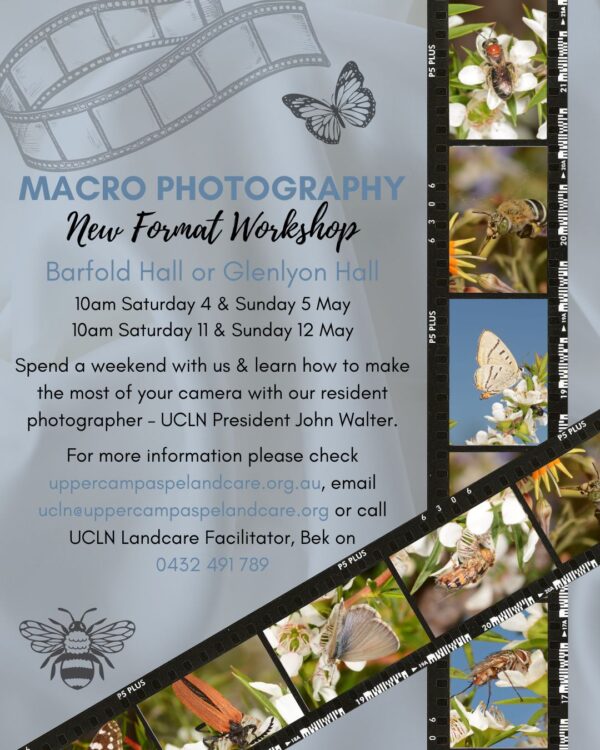Bald Hill Reserve, with its unique ecosystem, offers a prime opportunity to delve into the fascinating interplay between plants and soils. Join the Friends of Bald Hill Reserve for an enlightening workshop led by renowned experts Ecologist Karl Just and Soil Scientist Richard Macewan.

Date: Sunday, March 24, 2024
Time: 10:00am – 12:00pm
Location: Mt Mary’s Lane Entrance (off Pipers Creek Road), Bald Hill Reserve
Presenters: Ecologist Karl Just and Soil Scientist Richard Macewan
Workshop Overview:
- Understanding Local Soils and Plant Communities: Gain insights into the diverse array of soils and plant species that call Bald Hill Reserve home.
- Exploring Inter-Relation: Explore how these vital components of the ecosystem interact and support each other, fostering the rich biodiversity found within the reserve.
Event Details:
- Open to All: This workshop is open to both FoBHR members and the public.
- Limited Participation: To ensure an immersive experience, participation is capped at 25 attendees.
- Cost:
- FoBHR Members: $10
- Non-Members: $20
- Registration: Please register by emailing us at kynetonfobhr@gmail.com. Payment details will be provided upon receipt of email.
- RSVP Deadline: Kindly RSVP no later than March 21st to secure your spot.
Itinerary:
- 10:00am – 10:15am: Introduction Talk: Ecologist Karl Just and Soil Scientist Richard Macewan will kick off the workshop with an insightful overview.
- Guided Walk: Embark on a guided walk along the granite ridge, leading up to the volcanic cone, where you’ll witness firsthand the intricate relationship between plants and soils.
What to Bring:
- Essentials: Snack, sun protection hat & sunscreen, insect repellent, and plenty of water.
- Attire: Wear long trousers and sturdy boots, as snakes may be active in the area.
- Parental Supervision: Children under 18 must be accompanied and supervised by a parent or carer at all times.
Come prepared for an immersive journey into the heart of Bald Hill Reserve’s ecosystem. Expand your knowledge, connect with nature, and join the FoBHR for an unforgettable experience.
For further inquiries or to register, please email at kynetonfobhr@gmail.com. The Friends of Bald Hill Reserve look forward to exploring Bald Hill Reserve’s natural wonders with you!


